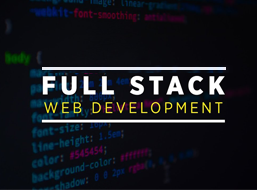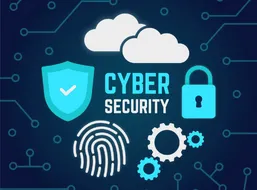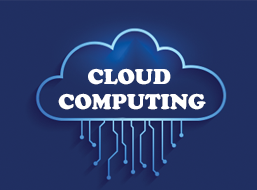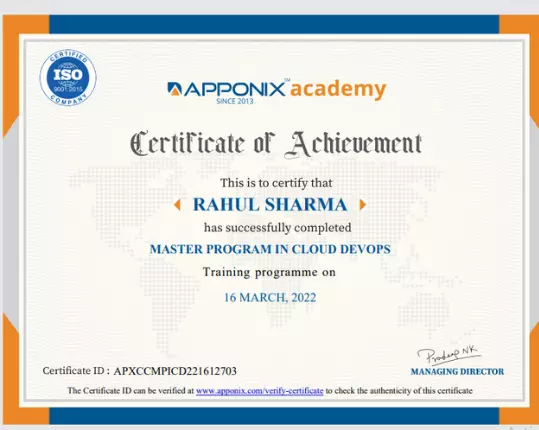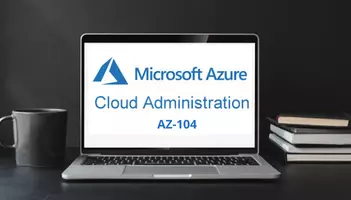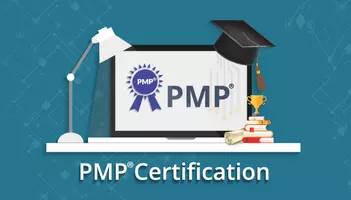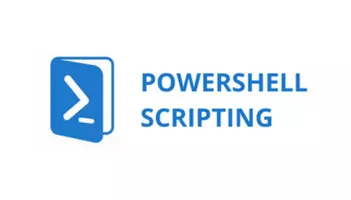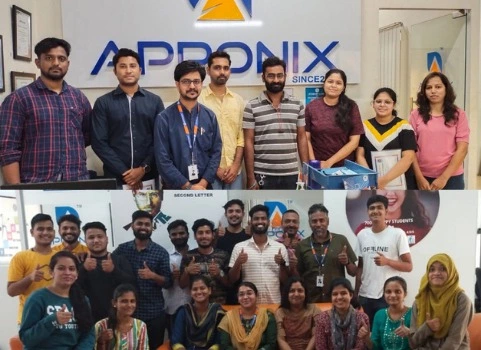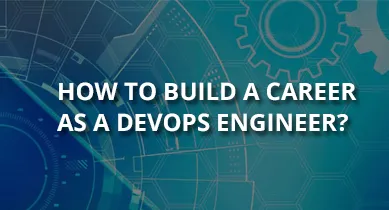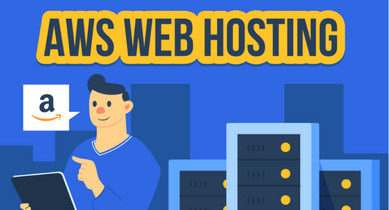Super-30 Cloud Computing Job Guaranteed Master Program
This is a 100% money back guaranteed program - NO JOB NO FEES
2000+ Ratings
3000+ Happy Learners
Master Program in Cloud Computing Videos
Skills Covered in Training
Training Key Features
Our Alumni Working in
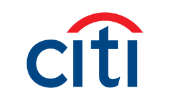


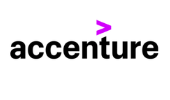
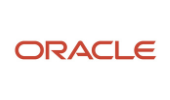
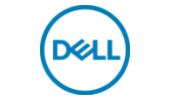
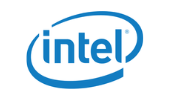

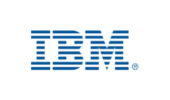



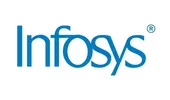








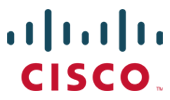

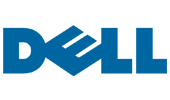





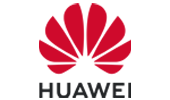


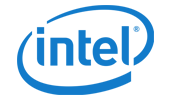

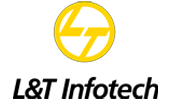

Course Reviews
Good institute for Initial start to learn AWS course with very good trainer and all terminologies are explained with examples and correlated to current company requirements.
I did right choice joining apponix for AWS course, I recommend others to do aws course here, compare to others institutes AWS course content is good and faculty vishwa sir more knowledgeable.....
I have done Aws associate solution architect. Traning environment is good…..the teaching staff which was provided to me was also good…he was having good knowledge of the course content. . And was very much helpful.
Excellent teaching. Trainers way of explanation and approach is very good. Classes are interactive and understandable. Trainer shares good notes for each topic.
DevOps was very efficiently taught. It was full of hands on practical sessions. Learnt on Agile, SDLC methodologies end to end. Syllabus was comletely covered. Vishwa is a very good trainer and I definitely recommend Apponix to my friends and colleagues.You will get the full knowledge about DevOps here. Thank you apponix.
Vishwa is really good in DevOps. He helps me offline on any doubt which i get stuck during practice of lab sessions. It was very good experience to complete DevOps Training in apponix. Trainer clarifies all the doubts on time. He has full hands-on experience. Fully satisfied to join here.
I am getting the best quality of teaching as i have taken the basic computer languages. Trainer is giving her best to reach out to us in everyway she can. Thanks to Apponix.
I am very thankful to inform you that I had one of my best experience of learning Linux from qualified instructors and staff. I have spent some productive time here and would love to take this opportunity to thank APPONIX Team.
Our Recent Placements
Classroom Training Gallery
Classroom Training Gallery
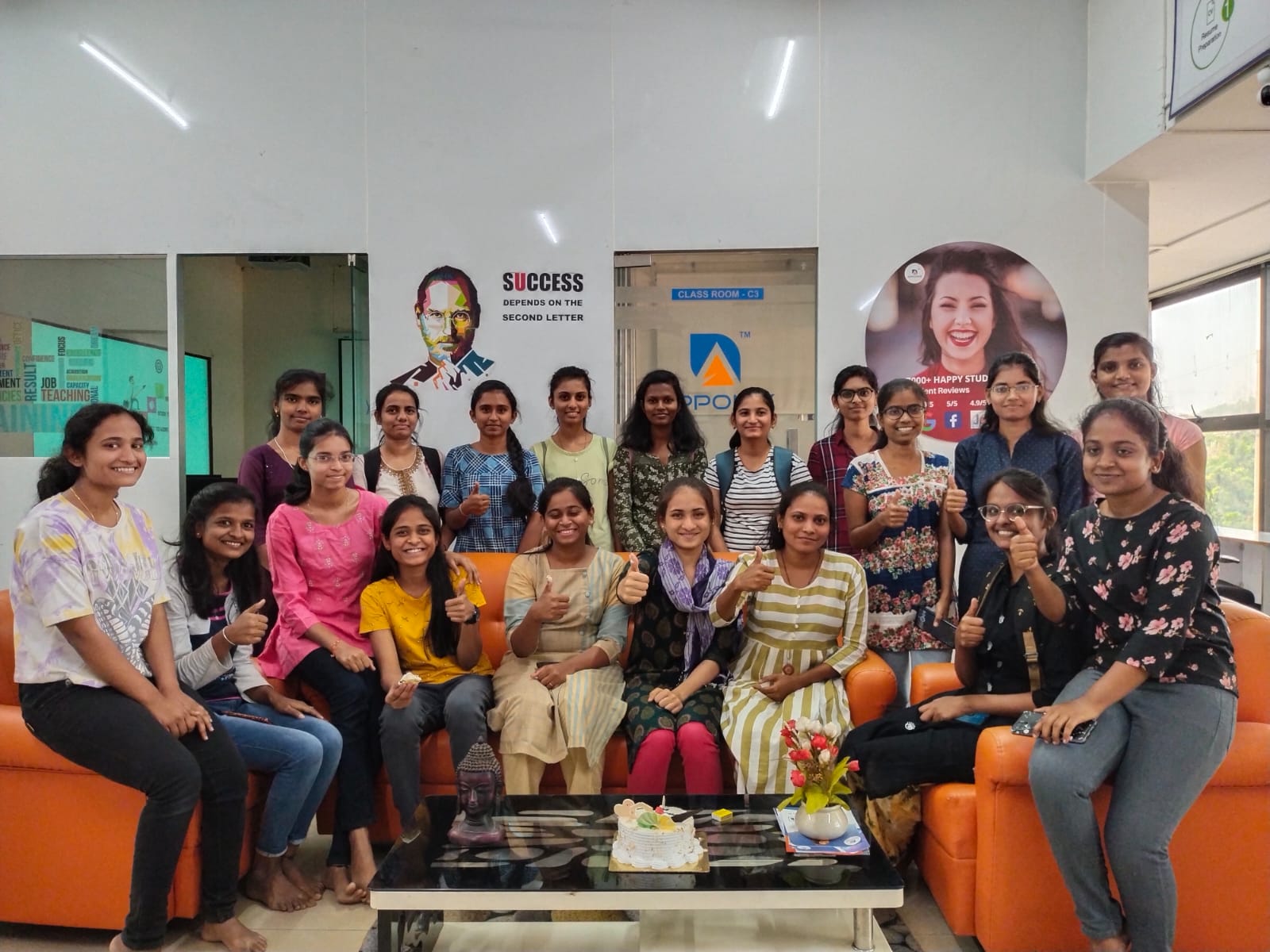
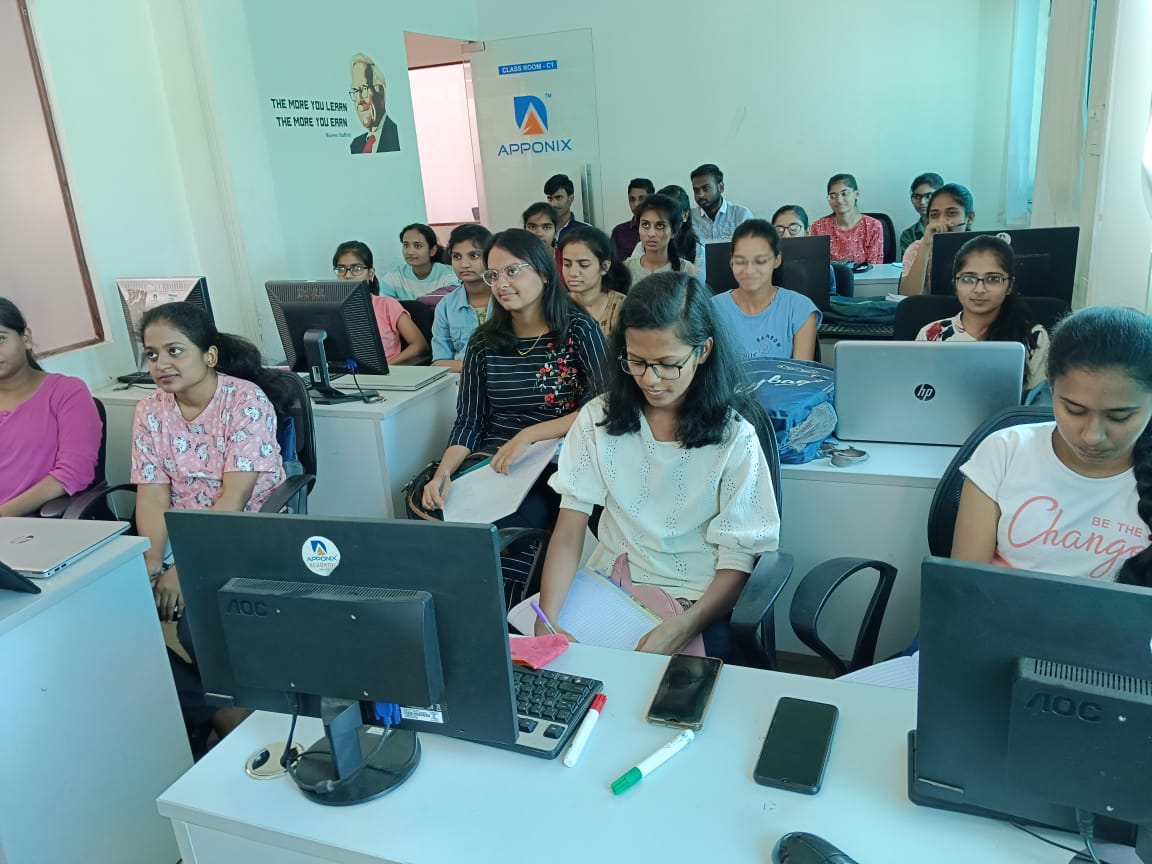
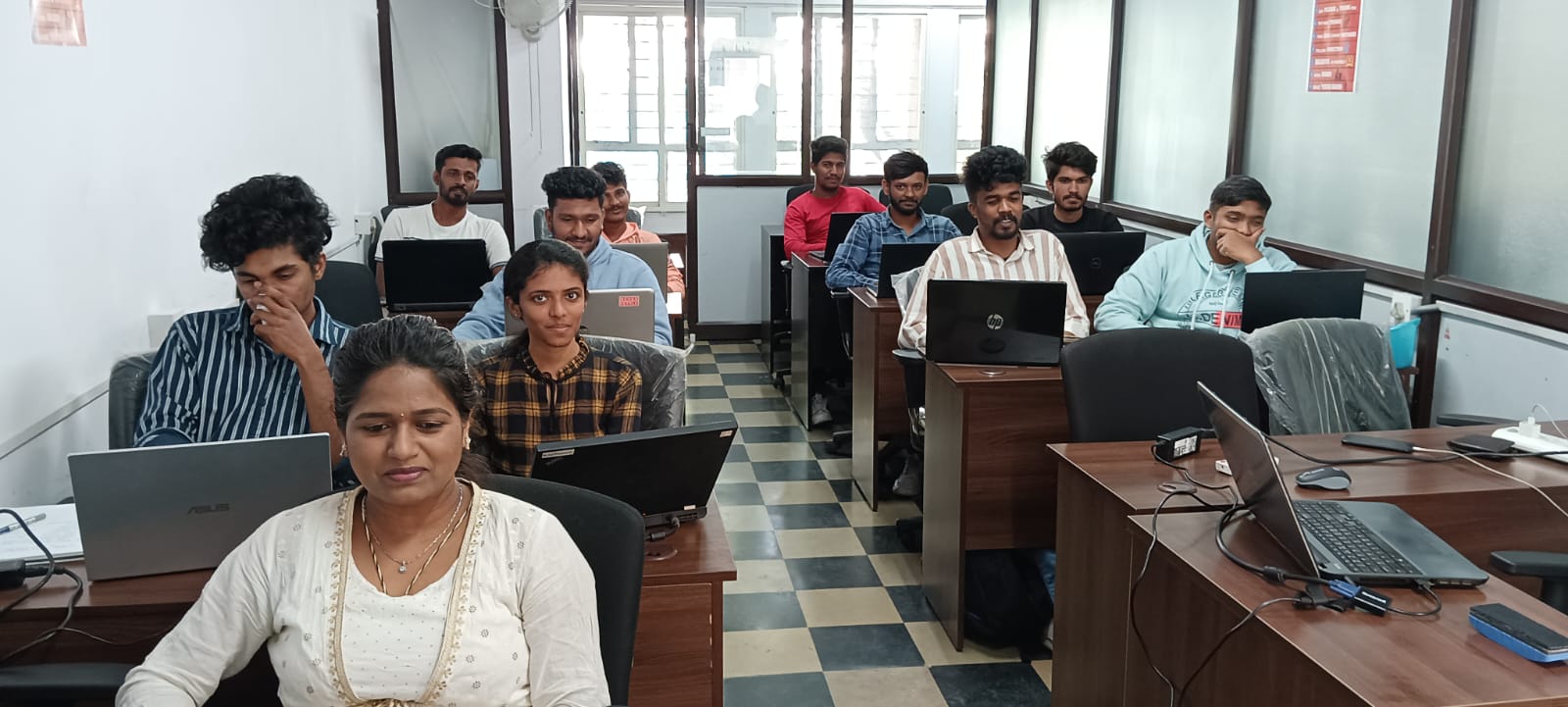
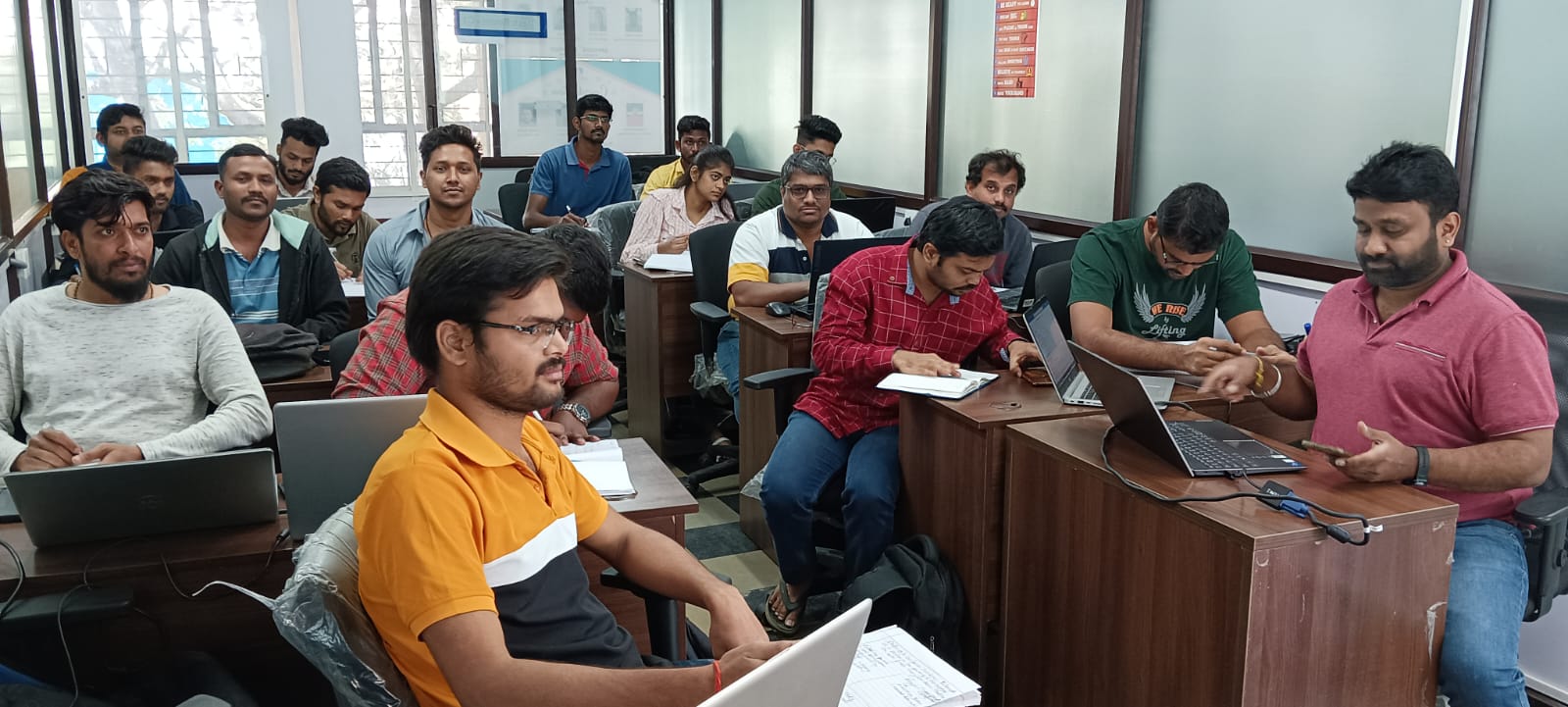
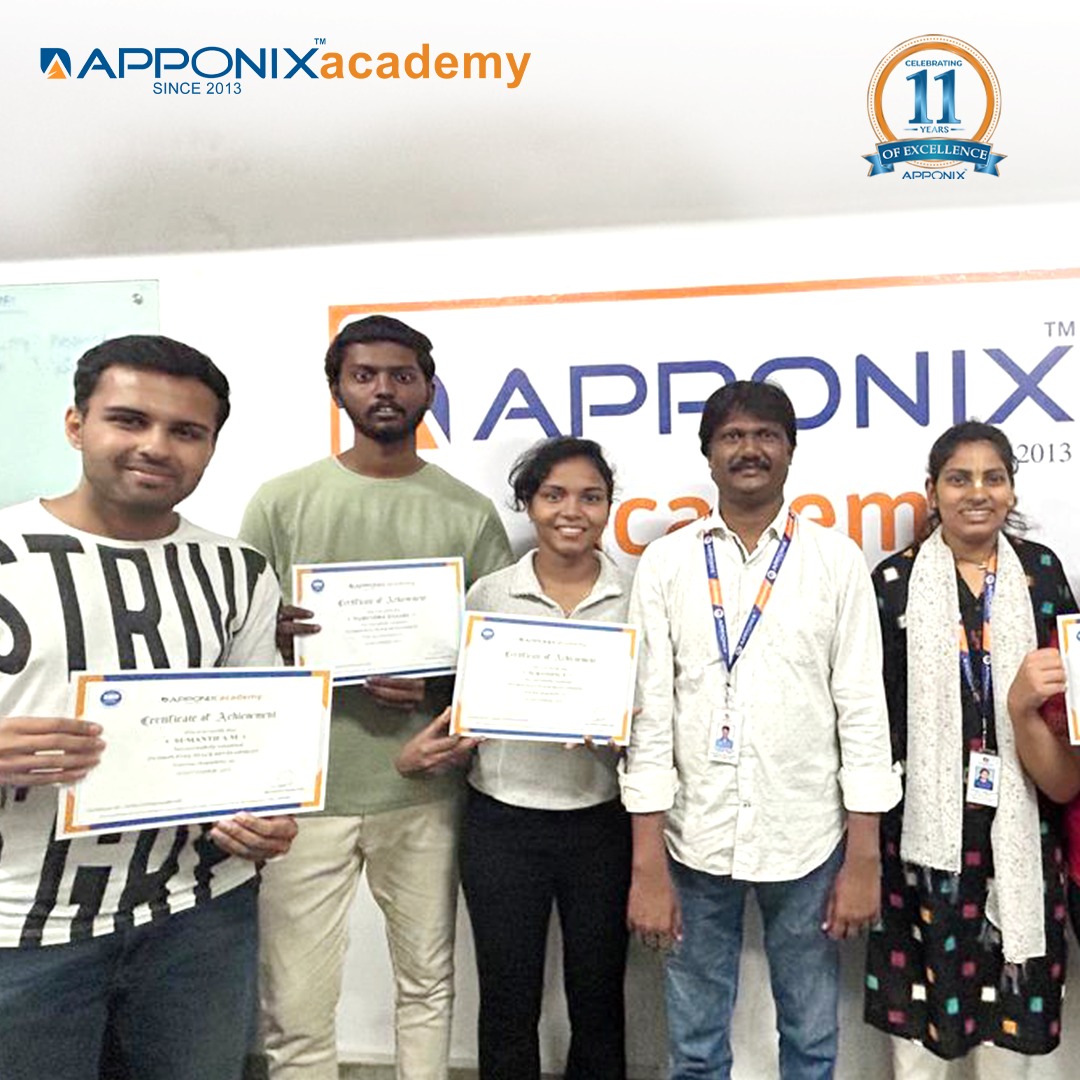
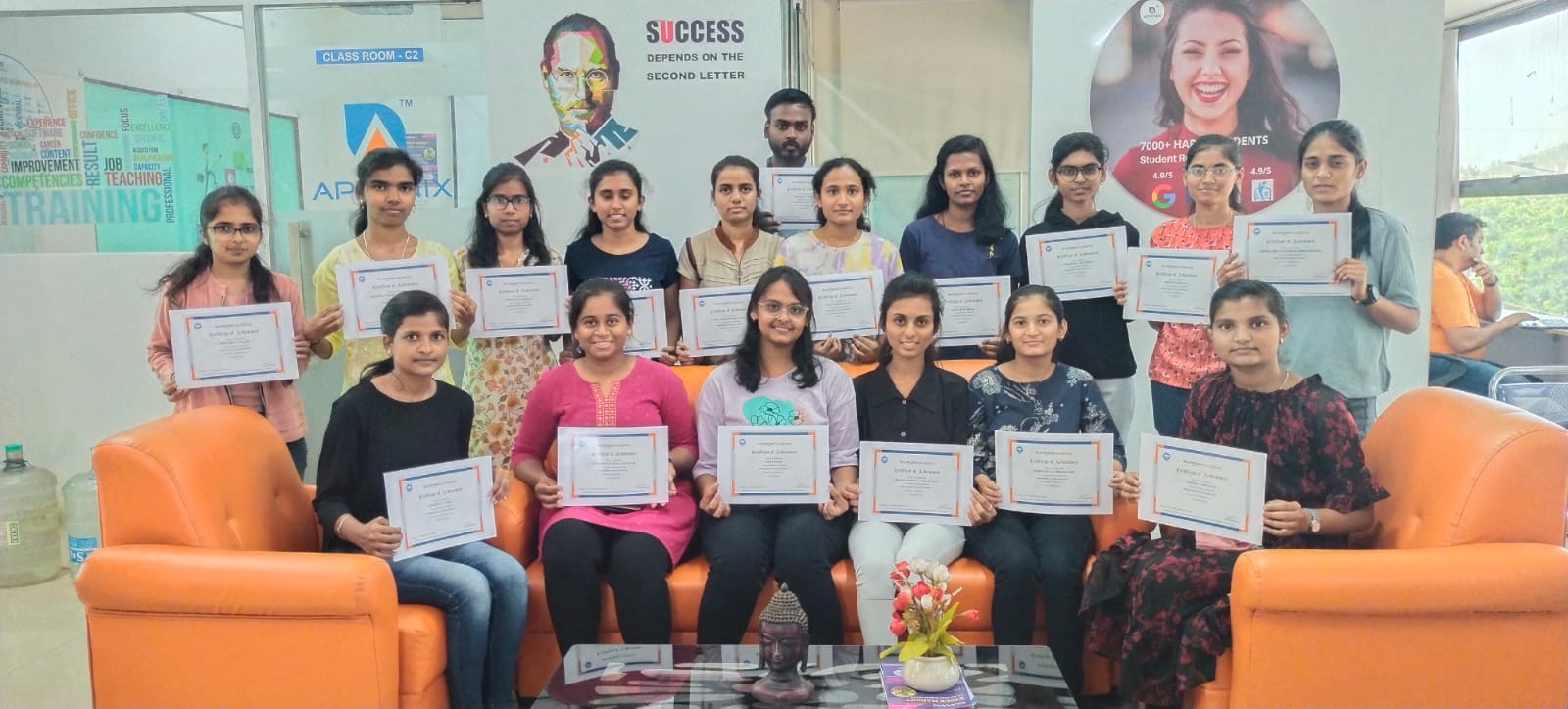
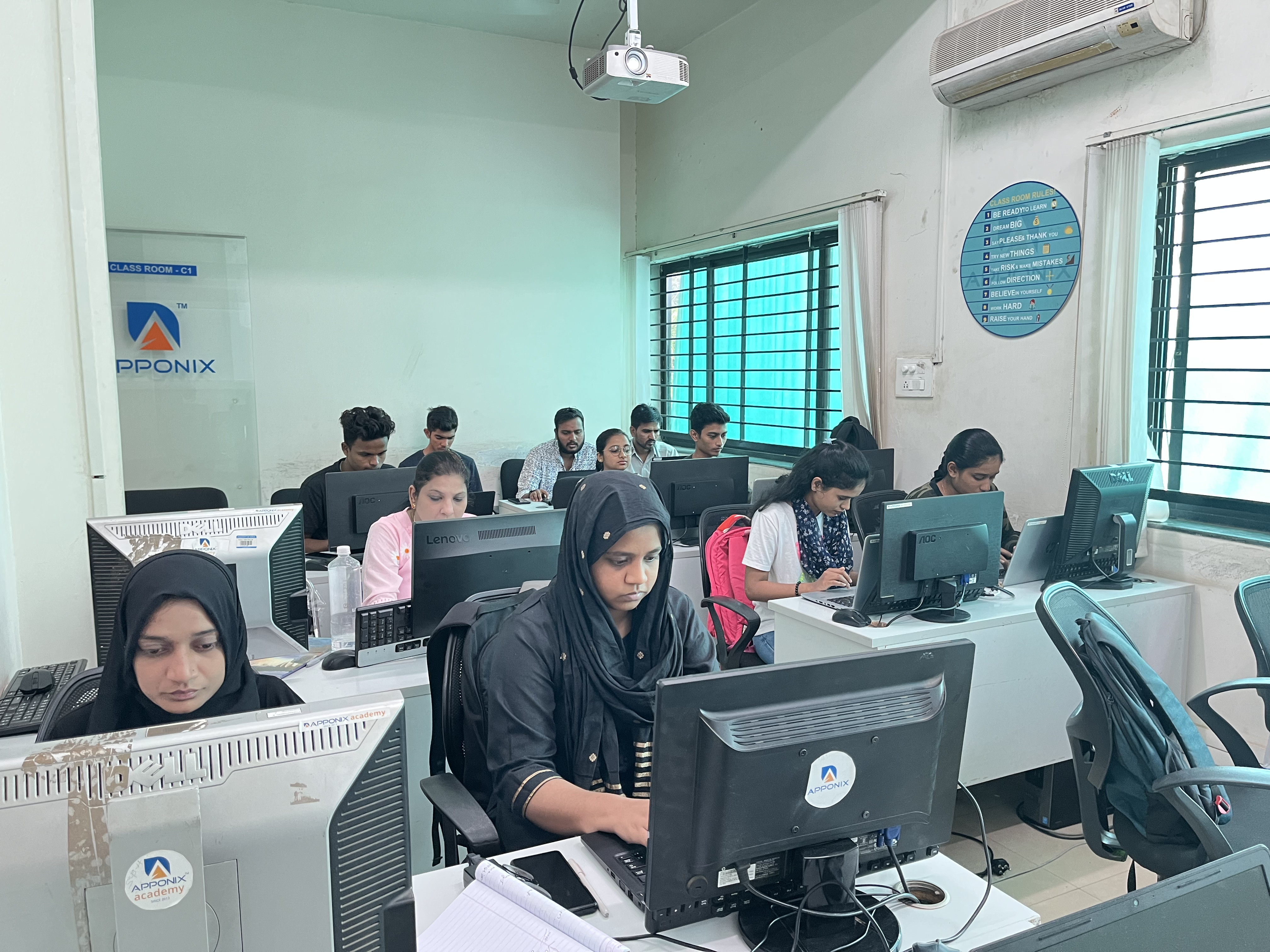
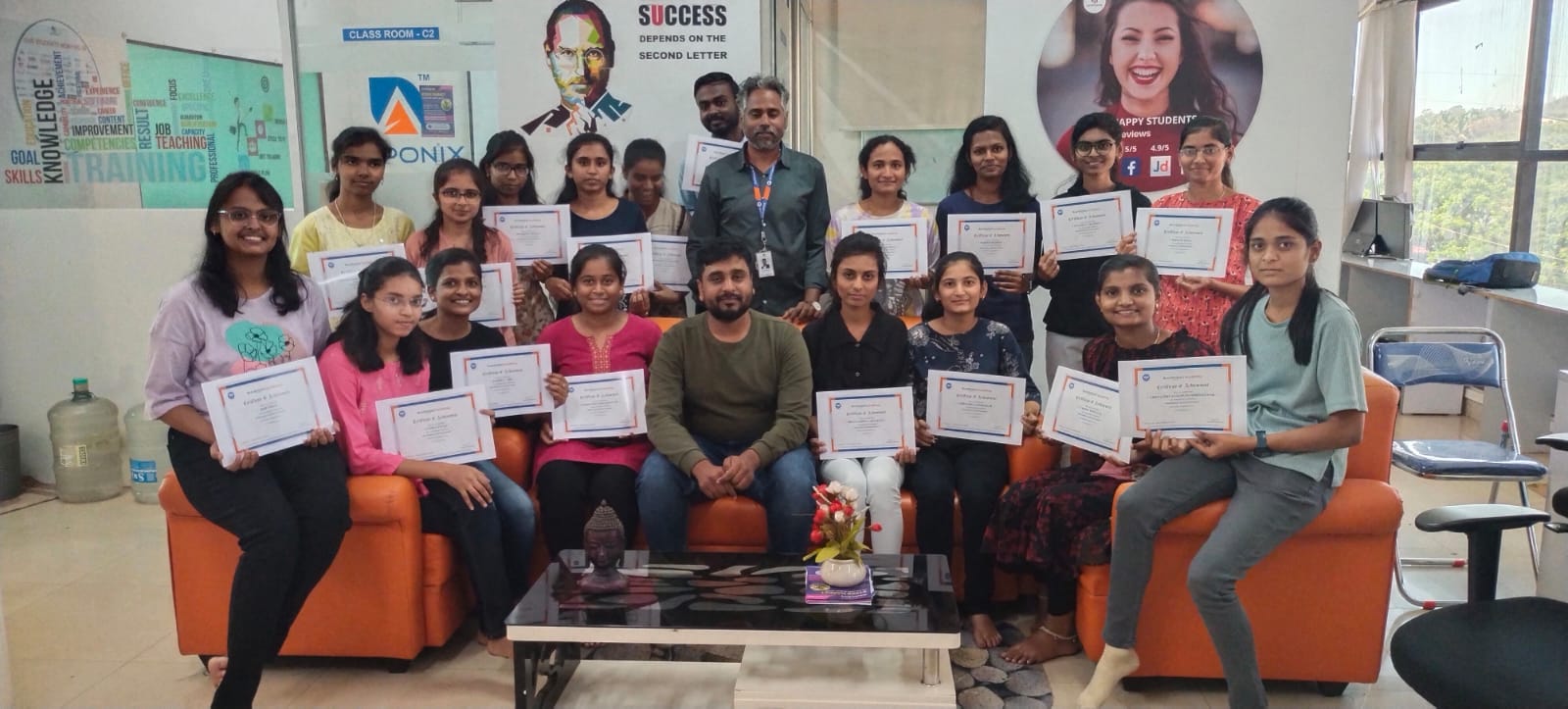
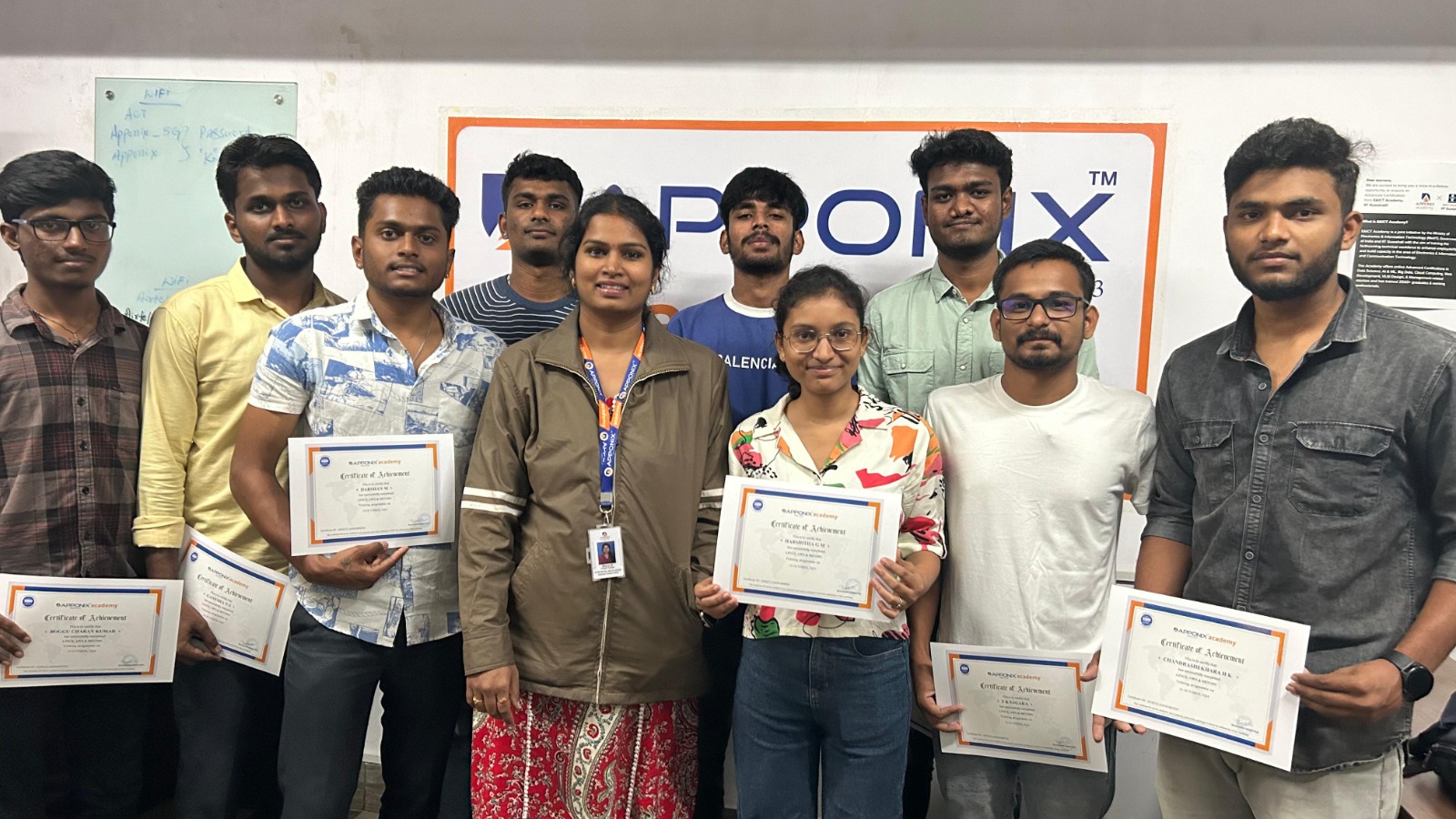
Fees & Training Options
Online Training
₹
- Interactive Live Training Sessions
- 40+ Hrs Practical Learning
- Delivered by Working Professionals
- Realtime AWS Services Projects
- AWS Certification Assistance
- 1 Year Access to Recorded Sessions
- Daily 2 Hrs or Weekend 10 Hrs
- Assured Job Placement
- Doubt Clearing Sessions
- Regular assignments will be given and assessments will be taken.
Training Syllabus
Eligibility
Education:
BE/BTech ( Few streams), BCA.MCA, MSc IT, MTech 2021/2022/2023 passed out students
Good communication skills
Pre Assessment: Applicants has to pass the screen test conducted by the apponix screening team.
Cloud Course Syllabus
- Introduction and History of UNIX & Linux
- Differences between centos, red hat enterprise linux & fedora
- Difference between UNIX & LINUX
Describe and define open source, Linux distributions, and Red Hat Enterprise Linux
- Download the virtual box and installing in your systems
- Downloading and installing Redhat linux
- Understanding and deep dive into
POST,BIOS(UEFI),MBR,GRUB(GRUB2),SYSTEMD(initd),RUNLEVELS(T ARGET)
- Understanding and deep dive into Linux architecture, kernel, interpreter, shells, memory
- Understanding and deep dive into FSH
- Log into a Linux system and run simple commands using shells
- Understanding the terminals (TTY’s) using the shell
- Identifying the shells and usage of shells
- Copy, move, create, delete, and organize files while working from the bash shell
- understanding the commands to create, move, create, delete, sorting with commands by recursively and forcefully head, more, less, tail, cat commands
- Use input-output redirection.
- Resolve problems by using local help systems
- Help , man commands understanding
- Technical os support from enterprises linux
- Manage text files from command output or in a text editor.
- Understanding the vi, vim, gedit, nano editors and their modes
- Understanding the inode.
- Understanding the hard link and soft links
- Create, manage, and delete local users and groups, as well as administer local password policies.
- Understanding the commands useradd, userdel, usermod, groupadd, groupdell, groupmod, Passwd, gshadow commands and their policies implementation
- Switching users and accessing the shells.
- Set Linux file system permissions on files and interpret the security effects of different permission settings
- Understanding the commands chmod, chown, setfacl, getfacl, sticky bits
- Evaluate and control processes running on a Red Hat Enterprise Linux system.
- understanding the top, ps, lscpu commands
- Control and monitor network services and system daemons using systemd.
- understanding the systemctl,service commands (status,start,stop,restart,enable modes)
- Configure secure command line service on remote systems, using OpenSSH.
- SSH authentication by using asymmetric method by generating the public key and private key password less authentication modes
- SSH password authentication mode
- Understanding SFTP, SCP, Rsync commands
- Understanding the winscp and filezilla
- Understanding the wget and curl commands
- Locate and accurately interpret logs of system events for troubleshooting purposes.
- Understanding the system logs, user logs etc.
- Configure network interfaces and settings on Red Hat Enterprise Linux servers.
- Understanding iptables, netstat, telnet, ss, ficonfig, nslookup, dig commands.
- Archive and copy files from one system to another.
- Understanding the zip, gunzip, buzip, archive(tar) commands.
- Understanding the grep, locate, find commands
- Download, install, update, and manage software packages from Red Hat and DNF package repositories.
- Understanding the rpm, yum, wget commands
- Access, inspect, and use existing file systems on storage attached to a Linux server.
- Understanding the fstab, mtab, blkid commands
- Investigate and resolve issues in the web-based management interface, getting support from Red Hat to help solve problems.
- Review the content covered in this course by completing hands-on exercises.
- Understanding the cron jobs, crons, anacron, crontab
- Understating the system, memory, IOstat, Network
- Understanding the /proc and top and ps
- Understanding the virtual memory, system activity reported , iostat,
- Understating the selinux importance in linux
- Implementing the selinux modes target, permissive, enabled,disabled,enforcing.
- Understanding the File system and file system types ext2,ext3,ext4 and xfs,btrfs,etc
- Harddisk storage partition and formatting
- Understanding the LVM, creating, resizing, extedning, LVM.
- NFS creating ,accessing , deleting
- Understanding the run levels to limit the boot process
- Ip tables, ethernet cards attaching
- Recognize terminology and concepts as they relate to the AWS platform
- NavigatetheAWSManagementConsoleUnderstandthesecuritymeasuresAWSprovides
- DifferentiateAWSStorageoptionsandcreateanAmazonSimpleStorageServie(S3)bucket
- Recognize AWS Compute and Networking options and use Amazon Elastic Compute Cloud(EC2)and Amazon Elastic BlockStorage(EBS)
- Identify Deployment and Management options
- Load balance and Auto-Scale with EC2
- Use EC2APIs
- Debug AWS EC2instance
- Apponix has excellent qualified AWS Trainers
- 100%student satisfaction rate, we will continue that in future.
- 5000+satisfiedstudentsoveralltillnow
- Excellent Lab facility for AWS Training.
- There are no hard & fast rules for timings.
- Allourtrainersaremin7+yearsofAWScloudexperience.
- Navigate the AWS Management Console
- Recognise AWS Global Infrastructure
- Describe the security measures AWS provides
- Create an Amazon EC2instance
- Remotely connecting to an EC2instance
- Setting up Amazon Linux and Apachewebserver
- Browsing Amazon Machine Images(AMI)
- Specifying security groups and key pairs
- Creating new images off of running instances
- Identify key AWS storage options
- Describe Amazon EBS
- Use Amazon EBS with AmazonEC2
- Working with Volumes and snapshots
- Transmitting data in/out of the Amazon cloud
- Implementing a Web server in an Amazon Linux/Windows Instance
- Configure the firewall to access a Webserver.
- Security issues in PublicCloud
- Securing the Access : Creating a RSA Public/Private Key forVMs
- Creating a software firewall
- Configuring firewall rules
- Securing the access with an Elastic IPs
- Managing users with Identity AccessManagement(IAM)
- Using EC2 Command Line APIs [from Windows/Linuxmachines]
- Creating and using LoadBalancers
- Distributing incoming traffic with elastic loadbalancing
- Dynamically adding and removing instances with AutoScaling
- Overview of Monitoring and SettingAlarms
- Visualising utilization metrics withCloudWatch
- Setting alarms to send and receivenotifications
- Using SNS to sendNotifications
- CreatingBuckets
- CreatingFolders
- UploadingObjects
- Making ObjectsPublic
- CreatingBuckets
- Securing Bucket/Objectaccess
- Configuring a Bucket as StaticWebPage
- Controlling Life Cycle of a Bucket
- Accessing Amazon Buckets from Windows/Linuxdesktops/Servers
- Create a VPC [VPC with a Single PublicSubnet]
- Create and attach an Internet gateway
- Create an Amazon VPCsubnet
- Set up routing in the VPC
- Set up a security group to control the inbound and out bound traffic
- Launch an instance into the subnet
- VPC console to allocate an Elastic IP address and assign it to the instance
- Amazon EC2 console to terminate your instance and the Amazon VPC console to delete your VPC
- Overview of AWS RDS
- Launching a MySQL Database in RDS
- Creating Backups/Snapshots and Read Only DBs
- Connecting to RDS-DB using local DB-Clients
- Terminating a DB instance.
- Creating Groups and Defining access policy
- Creating Users
- Login to AWS account using new users
- Implementing a Web server in an Amazon Linux/WindowsInstance
- Configure the firewall to access a Webserver.
- Introduction to CloudFormation
- Launching instances in EC2 usingTemplates.
- Concepts of AWS-Cloud Front
- Host a Website with Cloud Front.
- Creating a Failover setup for Load Balancers running in different AWS regions [users need to have a registered Domain]
- Health Check a private website.
- Using CloudTrial to trail the APICalls
- Improving application delivery with Platform as a Service(PaaS)
- Deploying scalable applications on the AWScloud
- Selecting and launching an application environment (sample application in PHPand MySQL)
- Overview of AWS DynamoDB
- DynamoDB Tables and naming conventions
- Data Types inDynamoDB
- DynamoDB CapacityUnits
- ConfiguringAlarms
- Tacking Backup and restore
- Overview of AWS Lambda
- Creating a Lambda Function withNode.js
- Lambda Pricing & UploadingCode
- Connecting Lambda Functions to API GatewayEndpoints
- Accessing LambdaLogs
- Getting Started with Body MappingTemplates.
- Overview of APIGateway
- Create a REST API
- CreateResource
- Create HTTP methods
- DeployAPI
- Integrating with Lambda function.
- Overview of SQL
- Create Standardqueue
- Create FIFO queue
- With Timer or Delay to a Standardqueue.
- Directory services (Launching Aws-managed AD)
- SSO integration with AD users
- Work Email
- Work docks
- Workspaces
- Aws management SSO login.
- Run command
- Content De-duplication
- Delete the queue
2 and 3-tier web architecture running in EC2 (windows and Linux)
Multiple Child applications Running in EC2 (windows and Linux)
Light sail implementation
ECS and ECR launching Docker images
Understanding of launching On-Demand Instances, Reserved, spot, Dedicated Hosts dedicated Instance
- Complete In-Depth understanding and implantation of AWS-Automation by usingBoto3 Module
- Launching EC2 and Entire VPC creation by using Python code.
- Creation S3 Buckets by writing python boto3module
- Creating IAM users and Roles and policies by using Python boto3module
- Securing the web application by using the WAF
- AWS Inspector
- AWS security Manager (SSL/TLS Certificates)
- AWS Shield
- AWS Artifact
- AWS Key Management Service
- Compliance • Patch Manager
- AWS Cost Explorer
- AWS Budgets
- AWS Market place Subscription.
- Devops roles have increased from 10% to 45% in 2018 and Nearly 70% of the system administrators are replaced with roles in DevOps.
- In short DevOps is definitely a promising career for all IT professionals. In next few years 90% of the companies will adopt DevOps culture.
- In India average salary for a devops professional is Rs 13,34,890 per year. Devops professionals have huge demand and potential in near future. To become a devops professional you should learn few automation tools like Chef, Puppet, Ansible, Jenkins and few other very useful tools like GIT, Nagios, and Dockers.
- Apponix is dedicated to providing best learning experience for its students since 6 years. We offer the best DevOps training in Bangalore, we are proud to say we are the top DevOps training provider in Bangalore, we make sure all our students will get good training experience.
- All our DevOps instructors are working in MNC and have min 7 years of experience.
- Apponix DevOps Training course is designed by industry experts and to cover latest marketcloud requirements.
- DevOps Certification Training Course which will prepare you for a career in a DevOps environment, the fastgrowing field that bridges the gap between software developers and operations.
- You will become an expert in deployment, automation of configuration management tools such as GIT, Docker, Jenkins, Puppet and Nagios.
- DevOps Training from Apponix will help you gain skills on tools which are used in devops environment.
- In DevOps training course you will be equipped with latest technologies used in the DevOps Master Programing Cloud Computing CourseBrochure www.apponix.com environment The topics covered are very up to date and very much relevant to the devops, The skills you gain will be very helpful to work in either production support team, projects team or BAU Team.
- In-depth knowledge on Continuous Development, Continuous Integration, and Continuous Testing by performing hands-on on GIT, Jenkins and Selenium
- Comprehensive knowledge on Configuration Management, and Continuous Deployment using Puppet, Ansible Working on Continuous Deployment stage by performing hands-on on popular tools like Docker and Kubernetes.
- The exposure to the stage of continuous monitoring using Nagios.
- The ability to automate all aspects of a modern code delivery and deployment pipeline using: Source code management tools.
- Build & monitoring tools
- Test automation tools
- Containerization through
- Docker Configuration management tools
- ApponixhasexcellenttrainersforDevopswithrichexperienceinindustry.
- 100%studentsatisfactionrateinDevOpstraining
- Morethan1000studentscompletedtrainingindevopssince2013
- ExcellentLabfacilityforDevOpsTraining
- Wehaveexcellentratingtill date,overall4.9Ratingin Google&Facebook
- Git Bash installation and Github account setup
- Tomcat installation and configuration
- J frog Artifactory installation and Configuration
- Maven Installation and Configuration
- JenkinsinstallationandConfiguration
- Ansible Installation and Configuration
- Sonarqube installation and Configuration
- Docker Installation and configuration
- Java installation and Configuration
- Environmental variable setup for both windows and Linux
- Introduction to DevOps
- WhatisDevOps?
- SDLCmodels, Lean, ITIL, Agile
- Why DevOps?
- History of DevOps
- DevOps Stakeholders
- DevOps Goals
- Important terminology
- DevOps perspective
- DevOpsandAgile
- DevOps tools
- Configuration management
- Continuous Integration and Deployment
- Working with Block box testing
- Working with White box testing
- Working Grey box testing
- Working with Function testing
- Working with Regression testing, smoke testing, System testing,Integration testing etc
- Process flow of Scrum Methodologies
- Project planning,scrum testing,sprint Planning and Release management
- Analysis
- Design,Execution and wrapping closure
- Introduction to Linux Families(ex:Redhat&DebianFamily)
- Working with APT and YU Mand Dnf
- Working AWK and SEDcommands
- Installation, Package Selection
- Anatomy of a Kick start File, Command line
- Introduction to Bash Shell o System Initialization, Starting the Boot Process: GRUB.
- Securing single-user mode (su login)
- Shutting down and rebooting the system
- RPM Package Manager, Installing and Removing Software, Updating a Kernel RPM
- Yum Command set, Install packages by using yum.
- Apt-get command set, Apt-cache package management.
- Understanding different types of groups and creation of groups
- Creation of users in different groups o Understanding Passwd, Shadow Files
- Understanding passwd aging
- Creation of quotas for users, groups and file systems
- Understanding users security files
- The different commands for Monitoring the users
- TROUBLESHOOTING o Automation of jobs – Cron,
- Working with commands tar, find, grep, etc.
- Understanding the different types of run-levels
- Understanding different types of shutdown commands
- Understanding run control scripts Understanding the different types.
- Overview of SVN, GIT , Clear case , perforce & Comparision
- Introduction of Git
- Selecting Git Client
- Creating Repository
- Working with Tag
- Creating and Merging Branches
- Executing Git Commands
- Git Logs , Git stash, Git rebase
- Merge conflict issues resolving
- Git pull, clone, fetch
- What is Ansible
- Change Management
- Provisioning with Ansible
- Benefits of using Ansible
- What is Ansible
- Change Management
- Provisioning with Ansible
- Benefits of using Ansible
- Introduction to Ansible Anatomy
- Ansible Requirements Specification
- Overview of Ansible Components
- Overview of Ansible Strategy
- Introduction to Ansible Playbook
- Introduction to Ansible Modules
- Lab (Docs, setup, service, yum ...etc)
- Working with Ansible Variable Working with Facts
- Working with Jinja2 Template.
- Overview of Ansible Playbooks
- Playbook Language Example
- Working on Ansible Handlers
- Executing a Playbook
- Introduction to Docker
- What’s under the hood - Namespaces, Cgroups and OverlayFS
- Understanding Virtualization
- Virtualization vs Container
- Creating a Virtual Docker Host(CentOS) by using Vagrant
- Installing Docker on CentOS
- Introduction to Docker namespaces
- Introduction to Docker Images
- Building a Docker Image with a Dockerfile
- Sharing Data in Your Docker Host with Containers
- Sharing Data Between Containers
- Copying Data to and from Containers
- Creatoing Docker Hub Account.
- Building Images using DockerFile.
- Pull and Push Images From/To Docker Hub.
- Introduction to Docker Networking
- Finding the IP Address of a Container
- Setting Up a Custom Bridge Network for Docker
- Port Mapping for Docker
- Creating, Starting, Stopping, Renaming, Removing Containers
- Inspacting Containers
- Limiting Rrsoruces Memory and CPU
- Prioritizing CPU Utilization
- Introduction to Docker compose
- Creating Docker compose file
- Executing Docker Compose file
- What is Continuous Integration
- Jenkins Continuous Integration
- What is Continuous Deployment
- Jenkins Vs Jenkins Enterprise
- Downloading and Installing Jenkins using TomCat
- Creating Jenkins as a Service.
- Starting and Stopping Jenkins
- Secure Jenkins
- Create a new user
- Generate ssh key for Jenkins user
- Plug-in management
- Setting up a Jenkins job (Freestyle, Pipeline, maven, MSBuild, Pybuild)
- Jenkins parametrized jobs setup (choice params,boolean params etc)
- Email notification jobs
- Parallel jobs configuration
- nodes (slaves) configuration
- Git integration with Jenkins
- Maven Integration with jenkins
- ansible , artifactory integration
- Docker and scanning tool integration
- AWS and code review tool
- Role based administration
- Project based administration
- Metric based administration
- Slaves configuration
- Users and groups creation
- What is maven and Msbuild, Pybuild,gradle and ant
- Maven Evolution
- Maven Objective and Environment setup
- Maven project creation
- What is POM.xml and super POM
- Maven build life cycle creation and Default Build lifecycle
- Maven Project setup
- Maven plugin download and setup
- Maven Build automation with CI service
- What is GAV and project and Snapshots ,version
- Maven Web application creation with pom.xml
- What is Maven repository
- Local repo
- Central repo and Remote repo
- Maven Dependencies and plugin
- The need for a Container Orchestration Engine
- Battles of COEs, which one to choose
- Key Features of a COE.
- What makes Kubernetes the defacto COE choice.
- Negatives of using Kubernetes
- Namespaces o Pods
- Replica Sets and Deployments
- Service Discovery and Load Balancing
- Configmaps, Storage, Network, RBAC
- Statefulsets, Crons and Jobs
- Kubernetes Architecture
- Provisioning and configuring on AWS
- Initialise Cluster with Kubeadm
- Setting up Weave CN I
- Launching Kubernetes Dashboard
- Setting up a kubernetes Visualizer
- Resetting cluster created with kubeadm
- Introduction to pod o Writing pod Specification
- Launching and Operating Pods (Login to the pod, browsing the web UI of the pod)
- Attaching a volume to a Pod
- Launching Multi-Container Pods
- Connecting to Individual Containers
- Launching Replica Set and Fault Tolerance
- Solution part - Deploying a worker app
- Introduction to Config Maps and Secrets
- Creating Config Map for Vote app
- Setting up Environment Specific Configs
- Adding Configs from Files
- Creating Secrets to Encrypt Database
- Setting Environment vars using Secrets
- Creating default network policy for namespace
- Exposing public-facing app and allowing inter-namespace communication.
- Installation and configuration
- Adding metric and pod level and node level
- Installing grafana pkugin in Prometheus
- Installation and integration in AWS
- Understanding basic terra form modules providers
- Writing terraform code to provision compute network storage in AWS
- Kernel
- Shell
- How to use Shell
- Common Linux Command Introduction
- Linux commands related to the process
- Redirection of Standard output/input
- Redirectors
- Pipes & Filters
- How to Run Shell Scripts
- Quotes in Shell Scripts
- Shell Arithmetic
- Command Line Processing (Command Line Arguments)
- Exit Status
- Filename Shorthand or meta Characters (i.e. wild cards)
- If-Else
- If-Else If-Else
- While Loop
- For Loop
- Break
- Continue
- Assert
- Pass
- Return
- Introduction
- Lists in Python
- More about Lists
- Understanding Iterator’s
- Generators, Comprehensions and Lambda Expressions
- Generators and Yield
- Next and Ranges
- Understanding and using Ranges
- More About Ranges
- Ordered Sets with tuples
- Introduction to the section
- Python Dictionaries
- More On Dictionaries
- Sets
- Python Sets Examples
- Input and Output in Python
- Reading and writing text files
- Writing Text Files
- Appending to Files and Challenge
- Writing Binary Files Manually
- Using Pickle to Write Binary Files
- Python user defined functions
- Python packages functions
- Defining and calling Function
- The anonymous Functions
- Loops and statement in Python
- Python Modules & Packages
+91 80505-80888
Projects /Assignments covered in AWS Course
Configure Private VPC
This mini-project lets you create a virtual Private Cloud in an AWS cloud. It requires creating private & public subnets, 2 route tables, 1 internet gateway, 2 security groups, and then launching an instance. To migrate on-premise servers we can use the AWS Cloud migration tool CloudEndure.
Migrate on-premises virtual machine to AWS
For companies who use multi-cloud environments and often would like to share and access resources across different cloud, we can configure a site-to-site VPN connectivity that provides secure access to resources in a different cloud.
Configuring Windows File Share in AWS
In projects, there's always a requirement to use shared drives across virtual machines. AWS provides FSx service for windows to create file share which can be easily mounted into all ec2 instances of the same domain.
Our Top Instructors
Super 30- 100% Job Guaranteed Program
The objective of this program is to place all 30 students of the batch with minimum 4 LPA. Its new milestone in the history of Apponix academy. We believe that this program will surely help graduates to get success in their career.
What is Super 30?
The technical skills gained in this program will help students become aware of the latest technologies and become self-sufficient to get a job at a very young age.
Related job roles
- AWS Cloud Administrator
- Cloud Infrastructre Engineer
- AWS Administrator
- Cloud Engineer
- Cloud Architect
- Cloud Consultant
AWS Certification Training Course
An AWS cloud admin will be given the responsibility of designing scalable, cheap, and fault-tolerant systems that can run on AWS cloud.
To get in to the cloud domain you have to gain AWS skills. Apart from gaining all the skills, you would need to become a master of AWS cloud; you will also have access to the student web portal, digital course materials, and flexible class timings.
With our AWS training for developers, you will be able to become a master of AWS essential skills such as IAM, VPC, EC2, and EBS. Our training curriculum is designed in a manner that will allow you to increase your chances of pursuing a bright career in the AWS cloud.
With AWS certified solutions architect training course from Apponix, you will be able to scale, design, and plan AWS implementations effortlessly as we will be teaching you all there is to know about AWS cloud.
Why AWS is more Popular?
By this time AWS has become the best cloud provider in an uncompetitive spirit. As per the survey conducted by Amazon, the companies have to spend 70% of their expenditure to manage their resources.
But on using AWS they have to use only 30% for the cloud resource management and the rest 70% can be invested in the innovative and productive outcome of the businesses.
The major features of AWS say reliability, scalability, user friendliness, best services to customers and so on made it popular at a global level. Addition to this, the easy implementation and stress-free learning of cloud computing enhances this popularity.
Along with the robust atmosphere and adaptability, this cost-effective cloud service frequently innovates and generates novel products and services to the customers.
This simplifies the existing and upcoming troubles that are there or must face. Around 40% of the entire public cloud services are ruled by AWS, where the giants next to AWS – Google, Microsoft and IBM together constitute about 28-30%.
Isn’t it not enough to scale the popularity and acceptance of AWS among businesses?
Job Opportunities for AWS professionals in 2025
It is true that AWS is the best and popular cloud service at a cosmopolitan level.
But what is its role in pursuing a career? In this highly competitive world? Each must be seeking one or other type of career progress in learning anything, especially a technology and related knowledge. Likewise, any job-oriented fellow must be seeking the scopes and hopes of AWS in future.
As per the statistics released by IDC, half of the expenditure in IT industry was spent on cloud in 2019. By 2025 it is expected to be elevated to 60-70%. Not only will that but, around 50% of the cloud market shares be on AWS.
This enhances the job opportunities and scopes in specialisations by 2025. AWS is well prepared for this elevation with much advanced courses and certifications along with variety of job opportunities.
AWS provided certification trainings are primarily intended for enabling the trainees or employees to apply and rejuvenate their skills to design and manage software infrastructure using Amazon cloud platform.
These are one of the certifications that offer highest pay and are reliable and perfectly designed. The best and most promising jobs that are offered by AWS and its certification trainings, both core and speciality certifications are:
1. SysOps administrator
2. Cloud sales and purchase manager
3. Cloud key account manager
4. AWS networking specialist
5. AWS big data specialist
6. AWS cloud architect
7. Cloud developer
8. Cloud DevOps engineer
9. Cloud software engineer
10. AWS system integrator
Why should you take AWS?
- Certification in AWS has been considered as one among the few top rated IT certifications.
- AWS Architect is offered an average sound salary of minimum $125K
- According to the expectations of Forrester’s review, AWS market will hit $236 by 2025 that is about 18-20%.
- Massive investment of $370 billion promises AWS to be the most reliable career option and cloud service alike.
- Cloud computing is becoming a necessity.
- There are about 6-12 times more vacancies available for the job seekers as the available number of professionals doesn’t meet the demand.
- By attaining a certified AWS training you can efficiently design, plan and scale the AWS implementation over 70 cloud services present today.
- Getting training in AWS certification offers you a high profile with much authenticity and also assures a great learning experience.
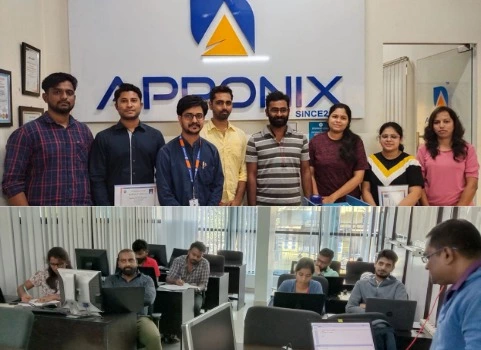
Importance of AWS Certification
- Cloud Computing has become an essential part of the IT industry, and it has been growing exponentially over the years. In 2025, it is expected to become even more widespread and significant, creating a massive demand for skilled professionals in this field. To stay ahead in this competitive market, it is crucial to acquire the latest skills and knowledge through a certified training program. Our Cloud Computing Career In 2025 certification training provides hands-on experience with cloud technologies and offers comprehensive knowledge of various cloud platforms like AWS, Microsoft Azure, Google Cloud, etc.
- The advantages of taking this course are many, including gaining expertise in cloud architecture, security, deployment, and management, which are essential skills for a Cloud Computing professional. The course offers practical training that enables you to design and implement cloud-based solutions, troubleshoot issues, and optimize cloud performance.
- The Cloud Computing Career In 2025 certification course is more popular because it helps professionals improve their skills and knowledge, stay up-to-date with the latest industry trends, and enhance their career prospects. The certification is globally recognized, and it validates your expertise in cloud technologies, making you a valuable asset for any organization.
- Cloud Computing Career In 2025 professionals are in high demand, and job opportunities are expected to grow in the coming years. With this certification, you can work as a Cloud Solutions Architect, Cloud Engineer, Cloud Developer, Cloud Security Specialist, and more. According to a recent study, the demand for cloud professionals is expected to grow by 17% annually, and by 2025, there will be over 2.3 million cloud-related job opportunities worldwide.
In conclusion, if you want to advance your career in the Cloud Computing field, the Cloud Computing Career In 2025 certification training is the perfect choice. It equips you with the necessary skills and knowledge to succeed in this dynamic industry and provides you with a competitive edge over others. With the certification, you can enhance your career prospects and explore exciting job opportunities in this fast-growing field.
